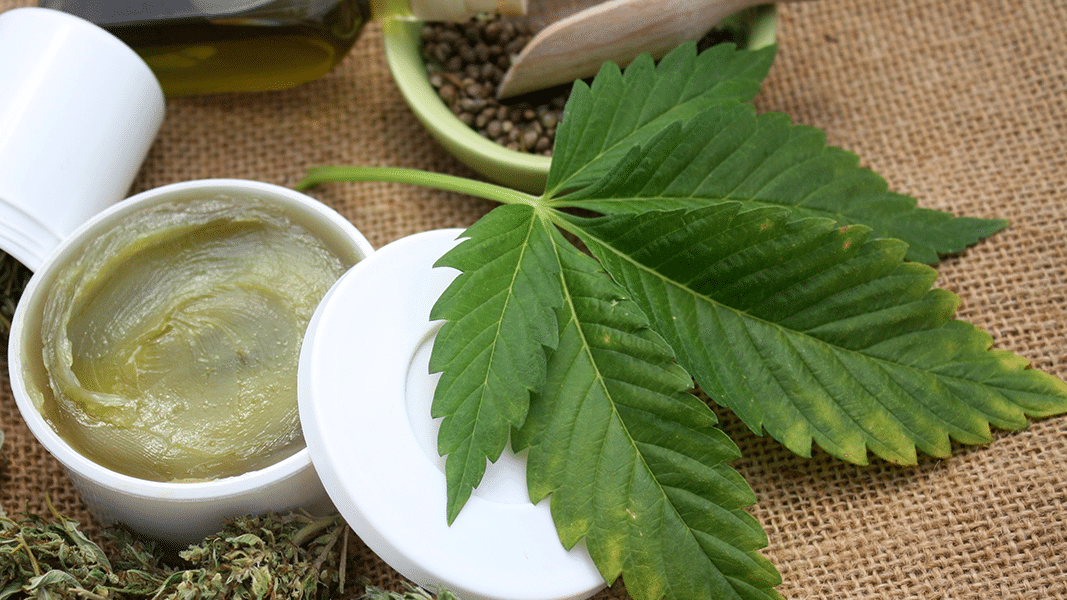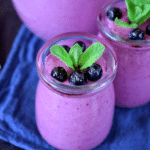The desire to anoint our skin with potions is as old as humanity itself. But is slathering an oily substance onto the skin really useful? And if so, what kind of skin elixir should one use, and why? Let’s look at how the skin protects and maintains itself, and what, if anything, can help it along.
The outermost layer of the epidermis (the skin’s outer-outer layer, if you will) is called the stratum corneum (SC). The SC is a brick-and-mortar-like barrier of skin cells surrounded by a matrix comprised of our own natural lipids, all working together to help to protect the skin. So, given that we make our own lipids, why would we want to add even more oil to our skin?
For a few reasons.
While it’s true that sebum and other lipids secreted by the skin are meant to keep skin cells soft, moist and protected against allergens, pathogens and water loss, these skin secretions are often depleted. According to a recent study in the International Journal of Molecular Science, most skin disorders involve an impaired skin barrier, which results in water loss, lower permeability, dry and irritated skin, and eventually, skin disease.
Aging and years of accumulated DNA damage from sun exposure, cigarette smoking, poor diet, heavy alcohol consumption, and environmental factors such as dry, hot weather can all impair skin barrier function. So can excessive skin cleansing or exposure to irritants, detergents and other products that strip the skin’s natural oils. A disrupted barrier creates skin with a weak microbiome that is more vulnerable to pathogens, microbes, irritants and allergens. This increases the likelihood of inflammation, which disrupts the barrier even more, thereby compounding the problem.
Why a Skin Oil?
Most commercial skin creams and lotions are composed of lots of water, oils (natural, synthetic, or petroleum-derived), emollients (such as silicone), chemical emulsifiers, thickeners, neutralizers, humectants, fragrances, preservatives, colorants, etc. Some common ingredients can actually irritate the skin, which defeats the supposed purpose of restoring the skin’s barrier and maintaining a healthy epidermis.
Natural, plant-based oils have been used for centuries in many cultures to improve the skin’s health and appearance. Oils for topical usage fall into two categories: fixed (or carrier) oils, which retain natural waxes and fats when extracted using a mechanical cold-press method; and essential oils, which are extracted using heat and retain a much higher percentage of terpenes and terpenoids, the volatile compounds responsible for smell, taste, and many potent biological properties.
When choosing a carrier oil, it’s important to note that not all naturally-derived oils have the same effect on the skin. While some might carry antimicrobial, antibacterial, anti-cancer or antioxidant properties, the ratio of essential fatty acids (EFAs) in an oil may also determine its skin barrier benefit. Oils with a higher ratio of linoleic acid to oleic acid have been shown in some studies to be more beneficial for skin barrier function.
Make Your Own Topical
If you’ve never used a good skin oil, you are in for a treat. Contrary to assumptions, once absorbed into the skin, a well-made topical is not oily or greasy. Once you become accustomed to using it, you’ll be hooked. Sure, a CBD topical won’t necessarily have the fluffy, creamy, slick feel of a chemically-laden potion, but a cannabis-infused product is also less likely to stir up trouble in your delicately balanced skin barrier.
A high-quality CBD-rich extract combined with the right ingredients can confer noticeable benefits that improve and protect the skin over time. Most skin oils are made of one or more carrier oils and a much smaller percentage of essential oils. A CBD-infused topical can help with inflammation, which is at the root of many skin problems.
The best way to go about producing your custom-made skin oil is to do your own research on the properties of various plant oils, then mix accordingly.
CBD: The Cherry on Top
Given CBD’s potent antioxidant, anti-cancer, anti-bacterial, and anti-inflammatory properties, it’s a perfect ingredient to add to a natural skin oil preparation. CBD-rich extract can be sourced from cannabis or hemp, but best to be sure that it’s from a trusted source with third-party lab testing, preferably in a state where cannabis commerce is legal and well regulated. I recommend cannabis extracts that are full-spectrum, CO2 extracted, and diluted in MCT [medium chain triglyceride] coconut oil, which has been refined to exclude its fatty components, making it ideal for cosmetic use.
What follows is a basic recipe for a nourishing, plant-based, CBD-rich facial oil that’s beneficial for most skin types. You can purchase organic, cold-pressed, cosmetic-grade oils from many online sources.
Recipe: CBD-Rich Nourishing Facial Oil
Ingredients:
- 1/2 ounce (1 Tbsp) Jojoba Oil
- 1/2 ounce (1 Tbsp) Sweet Almond Oil
- 1/2 ounce (1 Tbsp) Apricot Kernel Oil
- 1/4 ounce (1/2 Tbsp) Rosehip Oil
- 1/4 ounce (1/2 Tbsp) Argan Oil
- 1/2 to 1 ounce CBD-rich full-spectrum extract in an MCT (fractionated coconut oil) base, containing a total amount of approximately 600 mg CBD
Optional: six to eight drops each of one to three essential oils for fragrance and skin-nourishing properties. Some suggestions:
- Jasmine (antioxidant, wound-healing, antimicrobial)
- Tangerine, Orange, Lemon, Neroli (anti-cancer; increases skin absorption)
- Lavender (anti-inflammatory)
- Rose (antioxidant)
- Clary Sage (antioxidant, antimicrobial)
- Frankincense (anti-inflammatory, wound-healing)
- Sandalwood (anti-inflammatory, antimicrobial)
- Chamomile (soothes irritations)
Mix together in a ceramic, glass, or stainless steel bowl. Decant and store in dark glass dropper bottles in a cool, dark place. Makes about 2 1/2 to 3 ounces (depending on the volume of the CBD extract), and will last you three-to-six months of regular use.
How to Use
A little goes a long way. Too much and you can gum up your skin barrier. Best used first thing in the morning or before bed, 4-6 drops for face and neck, and a little more for décolletage (chest) area. Dot your fingers with oil, rub together lightly then pat gently on freshly-cleansed face and neck, lifting often to distribute to other areas. Wait for a few minutes for your skin to absorb the oil before putting on other skin products or getting dressed.
A 6-drop serving will yield approximately 10 mg of CBD, much more than the typical, expensive CBD skin product you’ll find out there. You can certainly use this oil over your whole body, but at that rate it might get pricey. To save money, keep it for your face and décolletage areas (which tend to need it the most!) and make a companion body oil that is maybe a little less luxe.
See Part 1: Can CBD Help Your Complexion?
Melinda Misuraca is a Project CBD contributing writer with a past life as an old-school cannabis farmer specializing in CBD-rich cultivars. © Copyright, Project CBD. May not be reprinted without permission.
Sources
- Lin TK, Zhong L, Santiago JL. Anti-Inflammatory and Skin Barrier Repair Effects of Topical Application of Some Plant Oils. Int J Mol Sci. 2017;19(1):70. Published 2017 Dec 27. doi:10.3390/ijms19010070
- Lodén, Marie. (2016). Treatments Improving Skin Barrier Function. Current problems in dermatology. 49. 112-122. 10.1159/000441586.
- Sharifi-Rad, Javad et al. “Biological Activities of Essential Oils: From Plant Chemoecology to Traditional Healing Systems.” Molecules (Basel, Switzerland) vol. 22,1 70. 1 Jan. 2017, doi:10.3390/molecules22010070
- R Vaughn, Alexandra & K Clark, Ashley & Sivamani, Raja & Y Shi, Vivian. (2017). Natural Oils for Skin-Barrier Repair: Ancient Compounds Now Backed by Modern Science. American journal of clinical dermatology. 19. 10.1007/s40257-017-0301-1.







